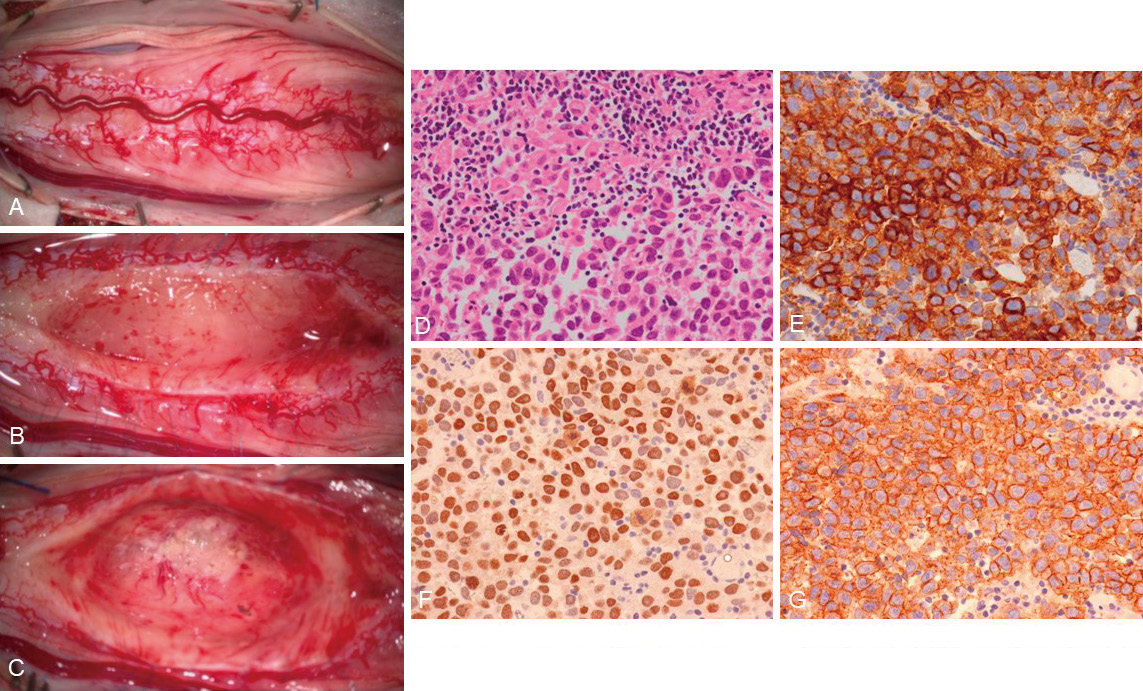- J-STAGEトップ
- /
- NMC Case Report Journal
- /
- 10 巻 (2023)
- /
- 書誌
-
Takumi HOSHIMARU
Department of Neurosurgery, Osaka Medical and Pharmaceutical University
-
Fugen TAKAGI
Department of Neurosurgery, Osaka Medical and Pharmaceutical University
-
Yuichiro TSUJI
Department of Neurosurgery, Osaka Medical and Pharmaceutical University
-
Ryokichi YAGI
Department of Neurosurgery, Osaka Medical and Pharmaceutical University
-
Ryo HIRAMATSU
Department of Neurosurgery, Osaka Medical and Pharmaceutical University
-
Masahiro KAMEDA
Department of Neurosurgery, Osaka Medical and Pharmaceutical University
-
Naosuke NONOGUCHI
Department of Neurosurgery, Osaka Medical and Pharmaceutical University
-
Motomasa FURUSE
Department of Neurosurgery, Osaka Medical and Pharmaceutical University
-
Shinji KAWABATA
Department of Neurosurgery, Osaka Medical and Pharmaceutical University
-
Toshihiro TAKAMI
Department of Neurosurgery, Osaka Medical and Pharmaceutical University
-
Masahiko WANIBUCHI
Department of Neurosurgery, Osaka Medical and Pharmaceutical University
2023 年 10 巻 p. 27-32
- Published: 2023/12/31 Received: 2022/10/31 Available on J-STAGE: 2023/02/23 Accepted: 2022/12/20 Advance online publication: - Revised: -
(EndNote、Reference Manager、ProCite、RefWorksとの互換性あり)
(BibDesk、LaTeXとの互換性あり)


